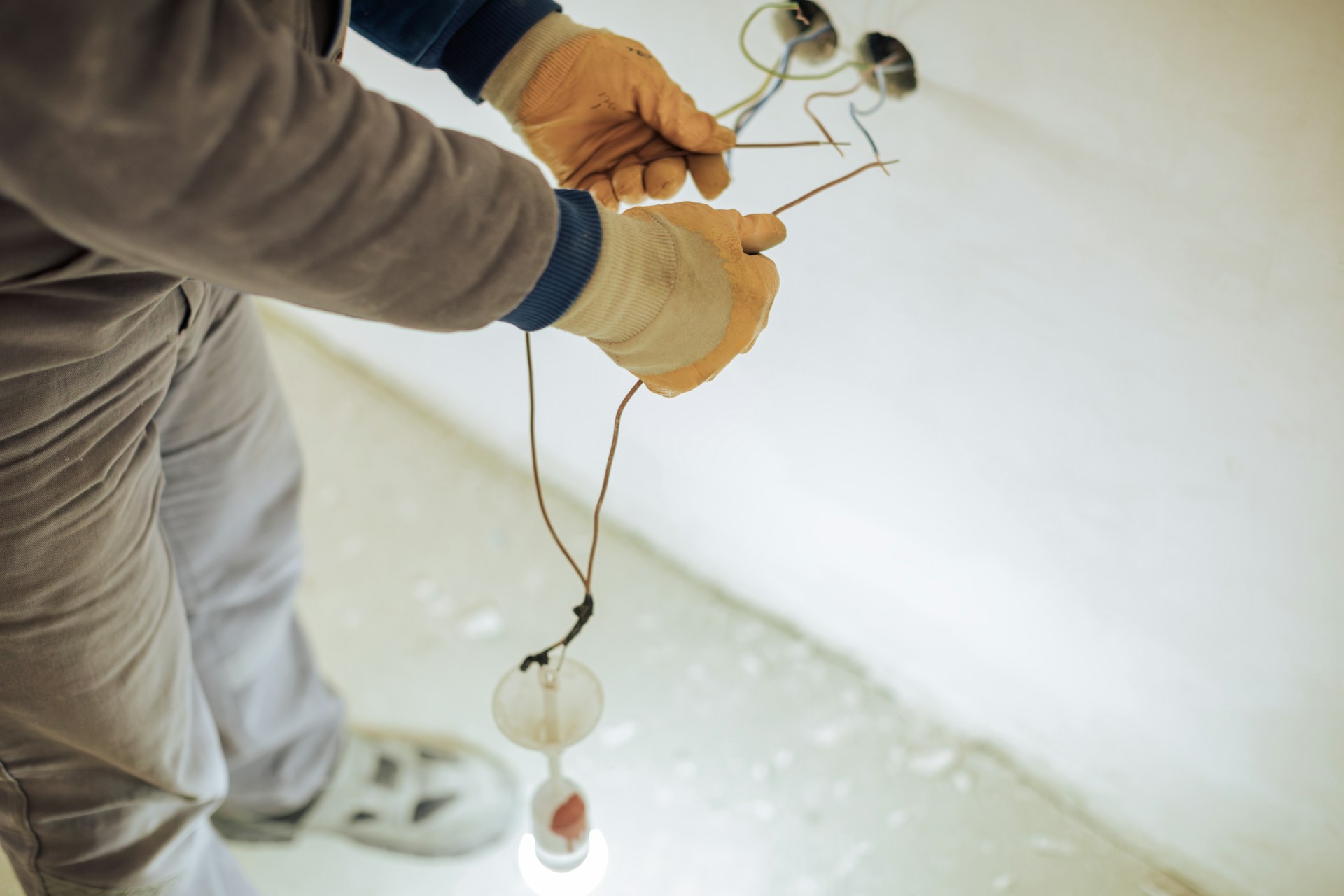Like every other home appliance, your furnace runs on electricity; therefore, you can see changes in your energy bills depending on the use of the furnace. Your bills may be low during a mild winter and consequently rise during a severe winter.
It is a matter of worry if your furnace runs for the standard duration, yet the energy bills are showing an unbelievable rise. If you notice these changes, schedule professional maintenance. Call Feather River Aire for furnace repair in Chico and surrounding areas to know the cause.
There can be several causes for the rising furnace expenses, and the top three are discussed below.
3 Explanations Stating Why Your Furnace Is So Expensive To Run
Leaking Ductwork
Ducts are pivotal in transferring heat from the source to your entire home. All furnaces have an extensive network of ducts, which is impossible to maintain all the time; therefore, routine annual maintenance services are recommended. However, if your furnace has been lacking maintenance for a long time, there is a high chance that your ductwork has developed leaks and the heat is wasted.
According to the US Department of Energy, leaking ductwork can waste almost one-third of your furnace’s total heat yield, which is a massive amount. These leaks are tiny cracks, holes, and air gaps in the ductwork with big impacts on heat wastage. Thus, you might not see the leaks, but a skilled technician will immediately notice them.
Wrong Sized Unit
Before you decide and buy any furnace, the first step in preparation is the home sizing assessment. To know how big or small or what capacity furnace you need for your home, ask experts from Feather River Aire, heating and air in Chico, CA, to size your home and pick a correctly-sized unit. You may face issues if you buy an oversized or undersized unit.
An oversized unit will keep short cycling again and again. It stays in this on-and-off cycle for as long as it runs, ultimately providing no heating. While the undersized unit will keep on running as the heat output will take longer to heat the entire home, causing a high rise in energy bills.
Over 12 Years Mark
The biggest cause of furnace malfunction is its age. 15 years is the maximum efficiency lifespan of an average furnace, but you should start paying attention at 12 years. Over time, when your furnace has been functioning for a longer period, it gives up due to system wear and tear.
Its heating efficiency declines to a marginal level, and there is a significant rise in energy bills. So, if your furnace is soon reaching the 15 years mark, you should start looking for its replacement before it completely breaks down.
Summary
If you face any of these issues, immediately call for expert assistance. If you’d like to schedule an annual furnace tune-up, call Feather River Aire, known for the best HVAC services in Live Oak. We provide complete financing solutions and premium service.







